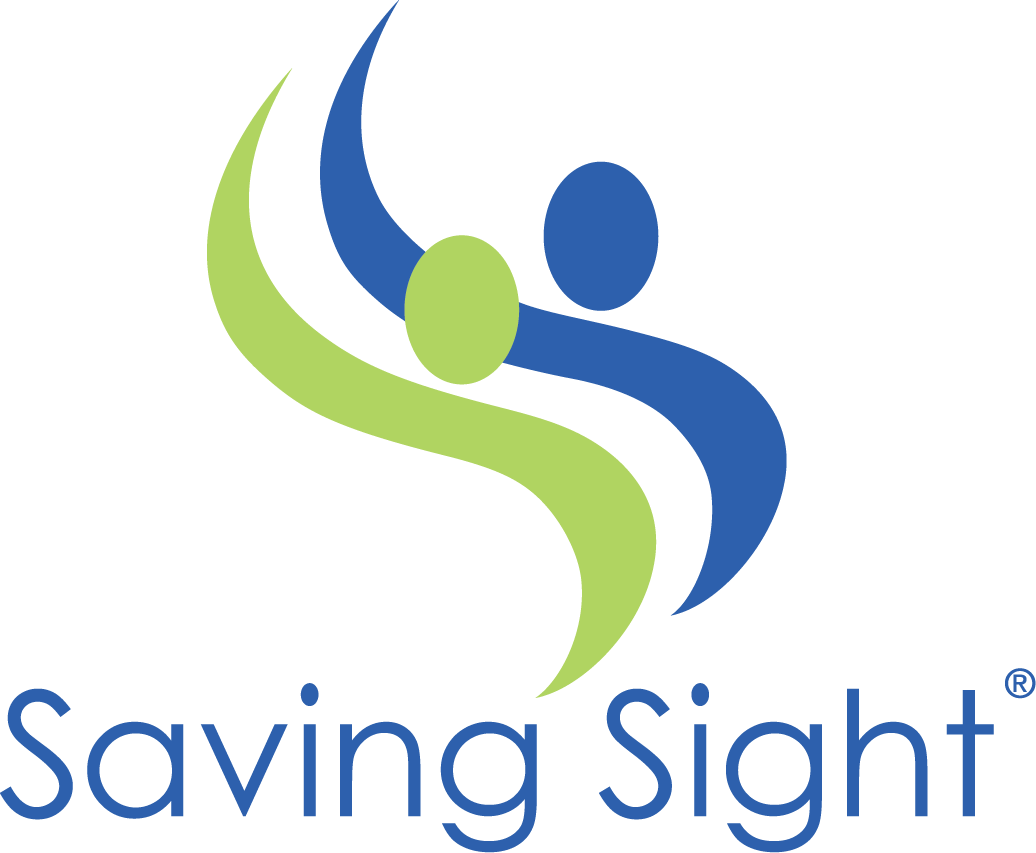“One of my favorite things to do is swing on the 10-foot-tall swing in my backyard,” says Carol. “I go on it every day and as I’m swinging, I can see everything going on and all the changes in the seasons. Every time I do it, I see something new in my yard and my neighborhood – it’s even better now after my surgeries. It’s my relaxation and my mediation.”
After years of battling the progressive eye disease Fuchs Dystrophy, Carol’s sight was restored through corneal transplantation.

Carol’s Experience with Corneal Transplantation
“I inherited Fuchs Dystrophy from my father, who endured two unsuccessful corneal surgeries in the years before tissue transplants were available. Back when my dad had it, this new technology had not yet been developed. He endured a much more invasive surgery and it didn’t work. The whole thing was terrible for him and I was nervous to get it done. I dealt with that condition for many, many years and tried to treat it with eye drops for 15 years,” she says.
Eventually, Carol realized she needed to have surgery and scheduled an appointment during the middle of the pandemic. She was scared because of her father’s experience but was uncomfortable because her vision was so impaired, and her corneas had become scratchy and dry. “One of my corneas had even blistered,” she adds. Her friend, Dr. Cindy Penzler, who is a respected ophthalmologist in Topeka, recommended she reach out to Dr. Timothy Cavanaugh with Cavanaugh Eye Center in Overland Park, KS for a consultation.
“As soon as I met with Dr. Cavanaugh and went through the extensive eye exam I knew I was in good hands. I was impressed by how educated he is, his passion for it, and his fantastic staff. He just made me feel that confident,” says Carol. “Dr. Cavanaugh’s process is so unique because, not only is he experienced and efficient with DSAEK corneal transplantation, but he was the only surgeon I could find to do simultaneous cataract and corneal procedures. That made it 2 surgeries instead of 4, since I had cataracts on both eyes and needed both corneas replaced. It’s amazing how complicated it is but how well he does it.”
One thing Carol found interesting during her initial exam was viewing the image of a healthy cornea compared to her cornea. Where you can see a cornea full of cells in the healthy cornea, the image of her cornea was just black. Dr. Cavanaugh came in and explained to Carol that was because you could literally see just a few cells left on her cornea.
After her surgery, Dr. Cavanaugh told Carol her donor was a “super donor” explaining that at birth the cornea has 3,000 cells and at death it’s usually around 2,000. Her donor’s cornea had 2,900 cells – and Carol’s diseased cornea had virtual none.
“You can imagine because of that it was a miracle for me. Within 2 to 3 days of the surgery I was seeing better than I ever had and I was still healing. It was life-changing! I was like a kid who just woke up from a black and white dream. Brighter, clearer and truer. And you have to remember I had the cataract surgery as well. When I went back to the next appointment one week later, they said I healed faster than most and I thank my super donor for that.”
After her first surgery in June, Carol had her second cornea transplant in August. “I may still need a prescription at some point but right now I can read and drive without glasses and hadn’t been able to in 30 years – that’s a win for me.”
For Carol, the process has been easy, and her surgeon did everything they could to make her comfortable during the procedure. “After meeting Dr. Cavanaugh, my attitude was I couldn’t wait to get this done. It was all outpatient and I had faith in Dr. Cavanaugh. It was maybe 2 hours at most. Everyone was friendly and upbeat. Nothing about it provided anxiety, pain or nervousness for me. I tend to be someone who can relax myself well though. The only thing that was a little difficult was keeping my head flat/back for 48 hours after to hold cornea transplant in place.”
Life After Restored Vision
Today, Carol is retired after working a majority of her life for an internet publishing company where she sold online and print advertisements for technology companies. Her first grandchild was born in early October. “I got to hold him and look at his face through clear eyes and see it so clearly and feel it so deeply, much more so than I would have before the surgery,” she says.
Reading for Carol is also number one and has been so enhanced by her cornea transplants. “The best thing for me is for the first time in probably 30 years I don’t have to have glasses to read. I read all the time. And I volunteer for the audio reader programmer and it provides a 24/7/365 radio service for the blind and reading impaired. This lets me continue that so much easier. I read and record live shows and newspaper stories for an hour every day. Every single thing in my life is enhanced by good eyesight,” Carol adds.
Connecting through Correspondence
Following her transplants, Carol received a letter in the mail about Saving Sight’s Correspondence Program. “I was so happy to get the letter from Saving Sight about correspondence because I was thinking to myself, how do I thank the person who did this for me – what it has meant to me to be able to see so much better? This allowed me to say thank you to the donor family. I wouldn’t have had access to that information if I wouldn’t have received that letter. I realized it went beyond Dr. Cavanaugh. It began with the donor and it was so nice to be able to close that loop for me and let them know how much I appreciated their loved one being open to donation, to tell them this is what happened. It saved my sight.”
“And I’m just very deeply appreciative of the work that Saving Sight does as well. I can never thank Dr. Cavanaugh or the donor enough for this second lease I have on life. This was a 100 percent uplifting experience for me during the worst pandemic of our lifetime.”
Learning About Organ, Eye and Tissue Donation
“I’m listed as an organ donor and had never thought about eye donation before this. It wasn’t until my surgeries that I thought about this and I just found it so amazing. I have a whole lot of respect for doctors, and researchers and those in the industry who are advancing this field,” says Carol.
“It’s so needed because there are so many common eye diseases that could use corneal tissue to help the patient. It’s a huge contribution people can make through donation – if you contribute nothing more than cornea tissue you have made a significant difference in the lives of others.”
You can join the national registry or learn more about organ eye and tissue donation at registerme.org.

